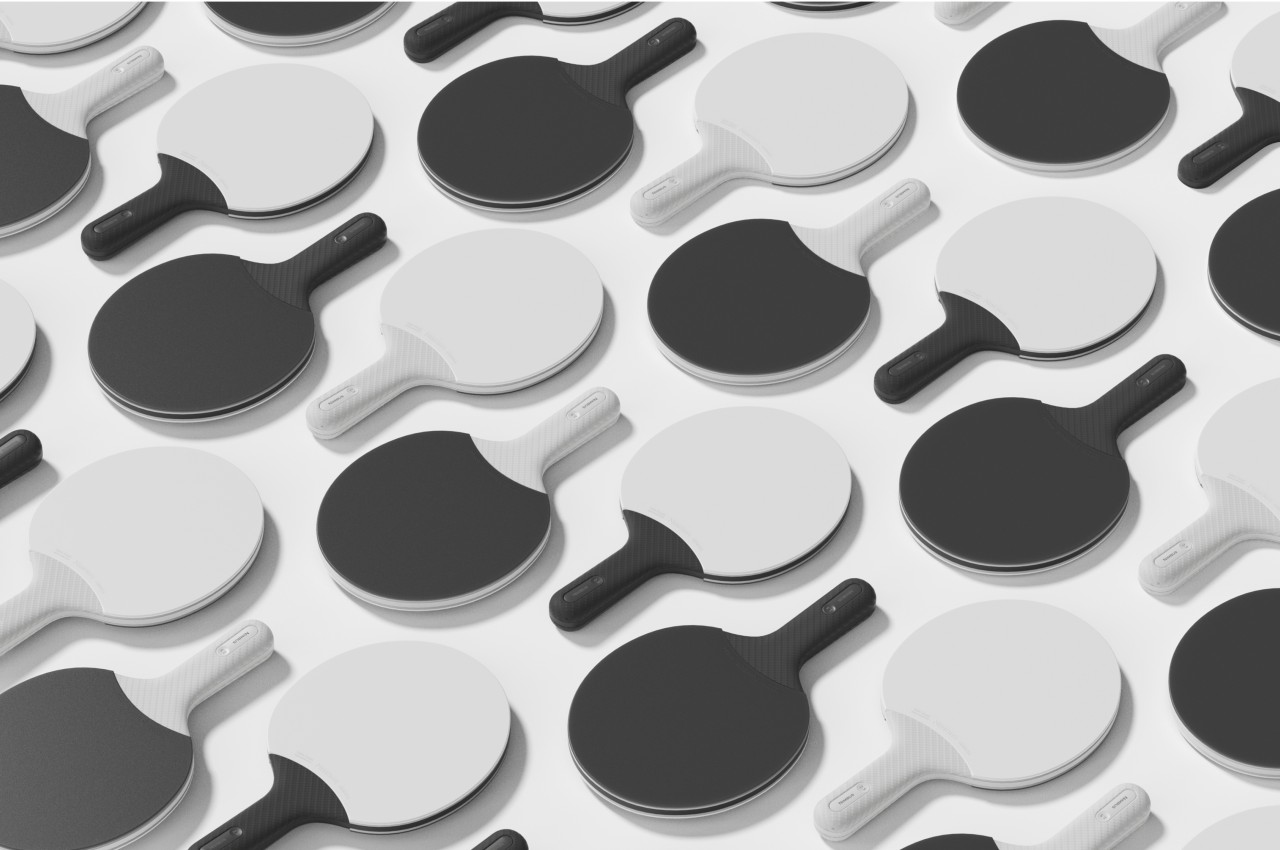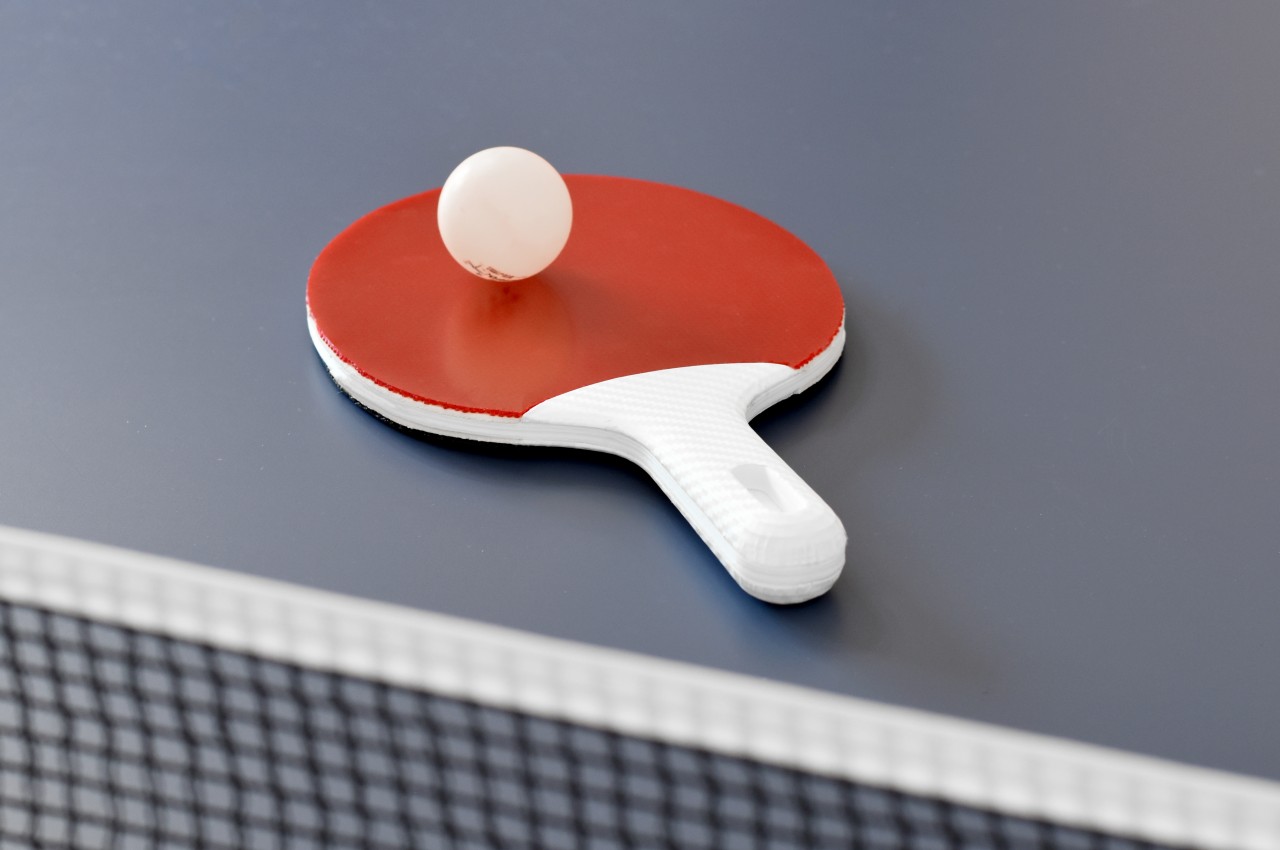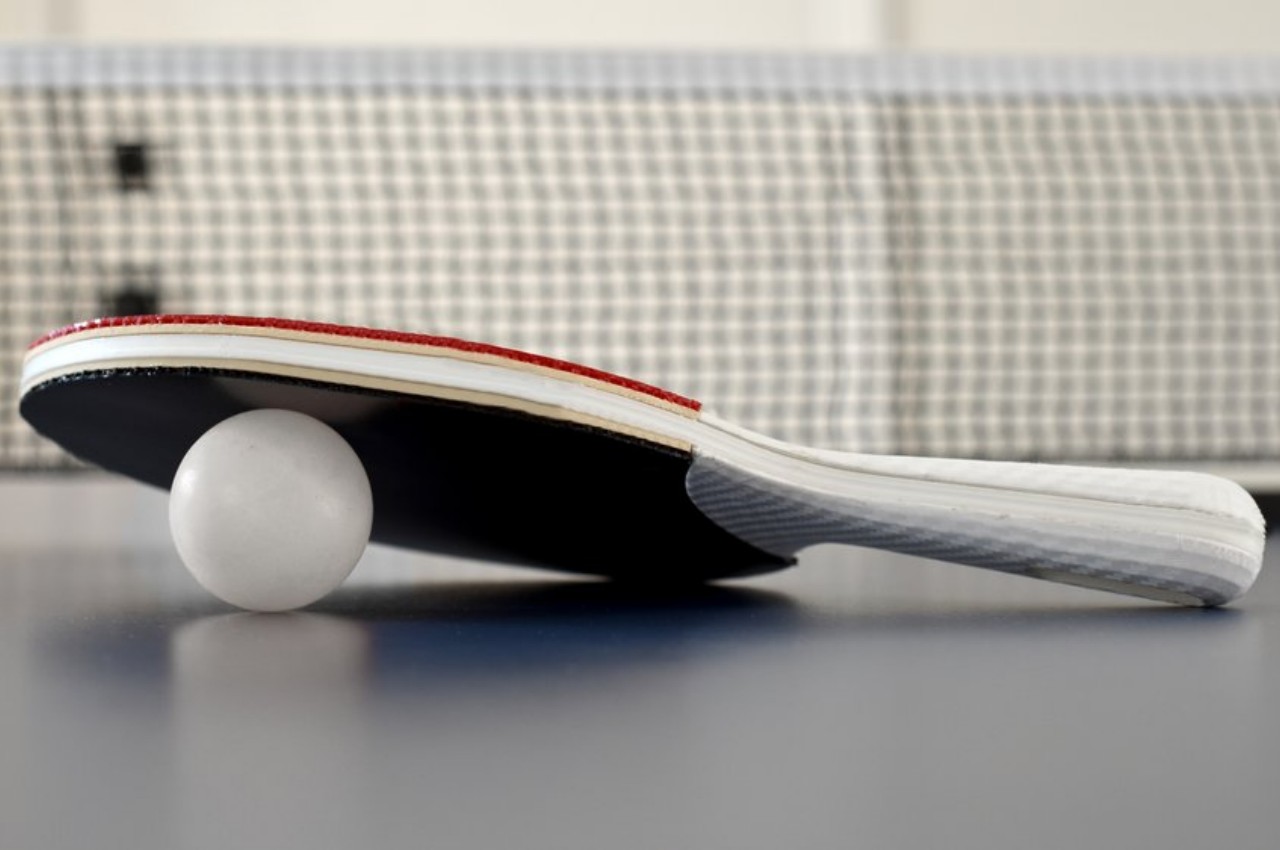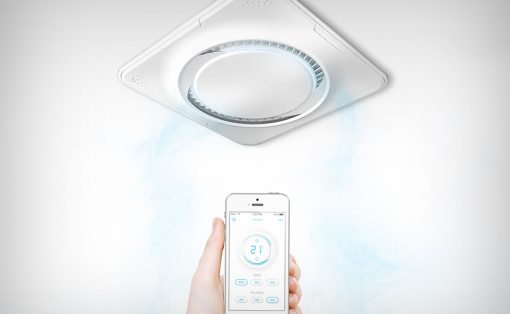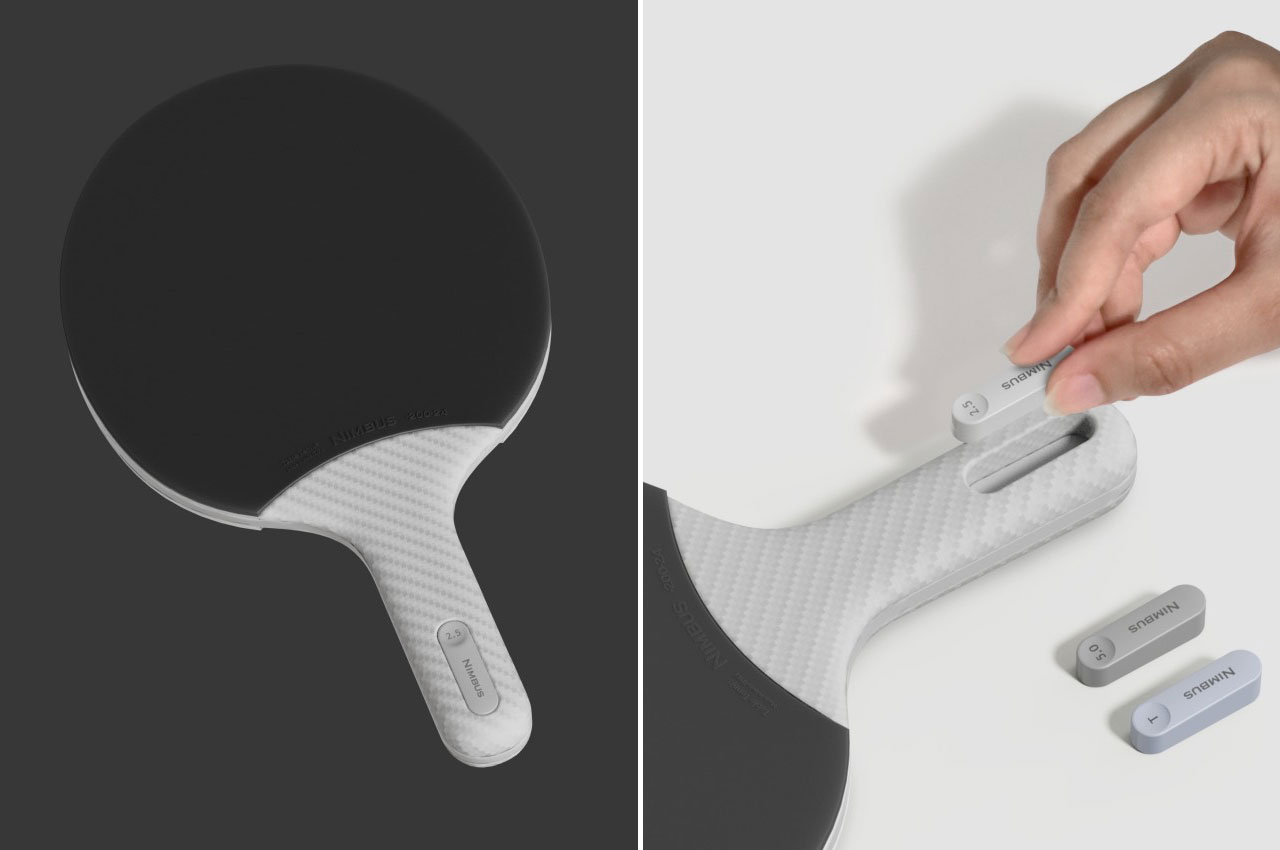
Most sports equipment haven’t changed their overall design in decades. Yes, materials and parts have been improved, but the general shape has remained the same, especially when they need to conform to certain standards. That’s mostly true for equipment used in actual competition, but there’s definitely plenty of room for innovation when it comes to learning and training tools. Of course, you can’t simply change a standard and well-tested design willy-nilly, but you can definitely make changes here and there to improve a player’s experience and comfort. The table tennis racket, for example, hasn’t exactly changed for over a decade, so this design concept tries to breathe new life into the sport by introducing not only flexibility but also a bit of intelligence to the traditional paddle.
Designer: Shubhangi Chuhadia
Rendered on KeyShot: Click Here to Download Your Free Trial Now!
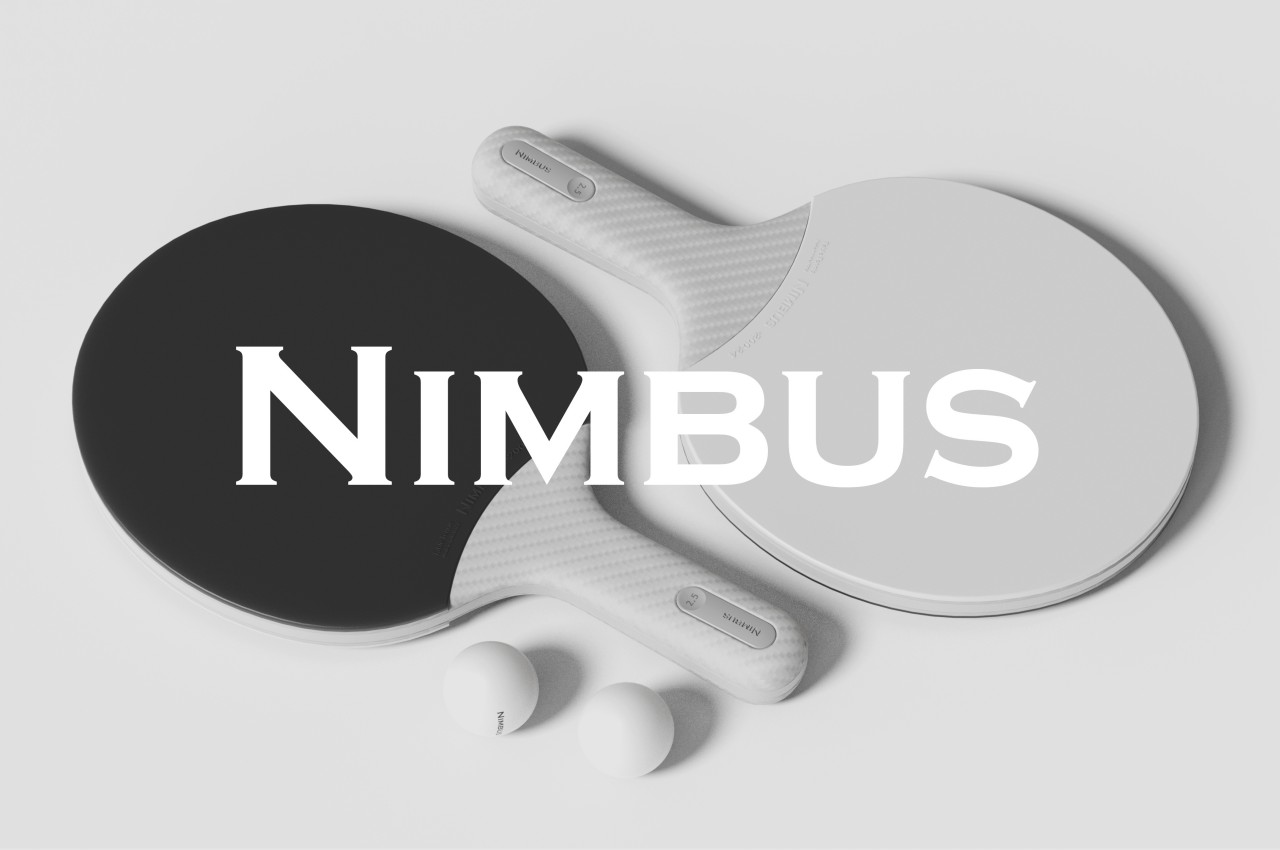
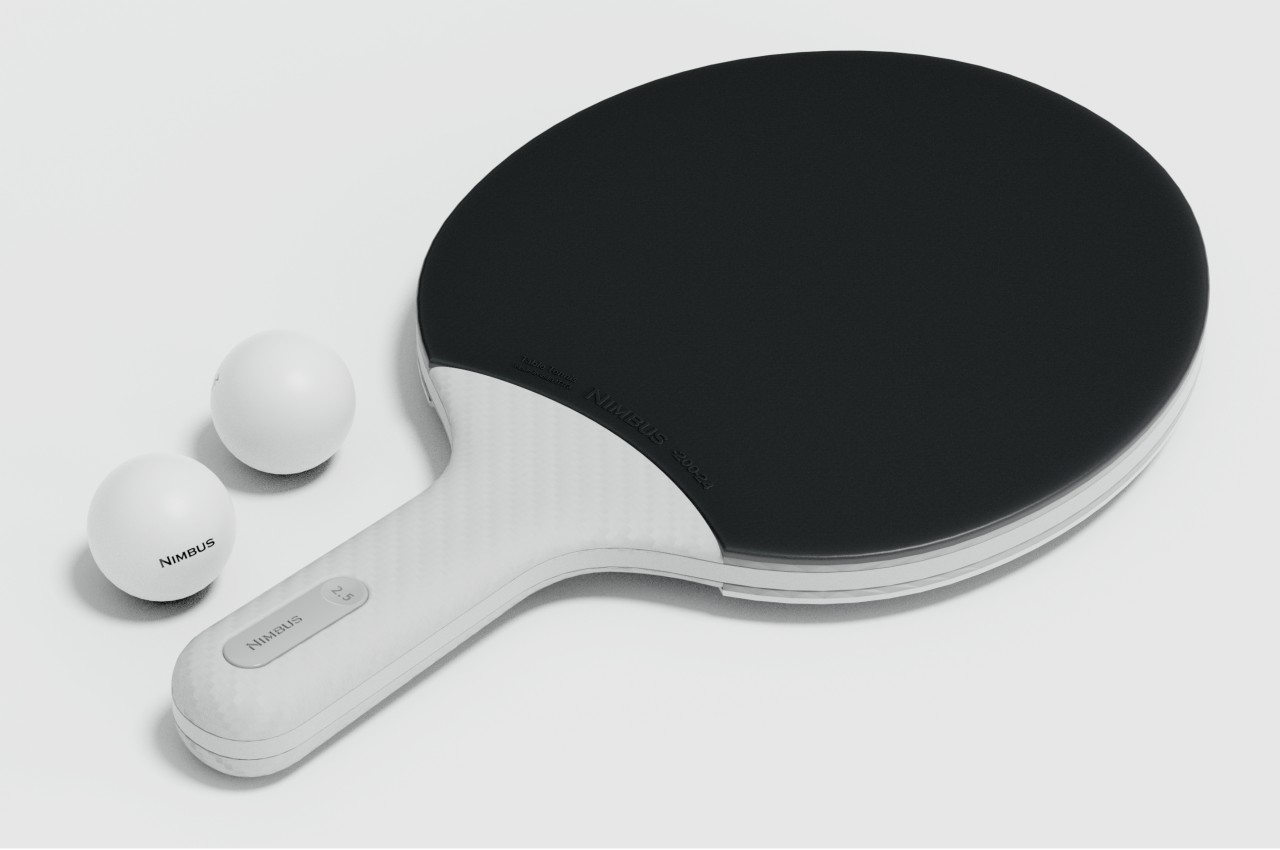
The table tennis racket is probably one of the more sustainable pieces of sports equipment even today. It’s mostly made of wood, though laminated for longevity, and rubber pads on one or both sides of the paddle. Unfortunately, this design has also made the paddle less flexible for customization after assembly. Professional players will have to choose the weight and materials to match their playing style before the racket is fully assembled.
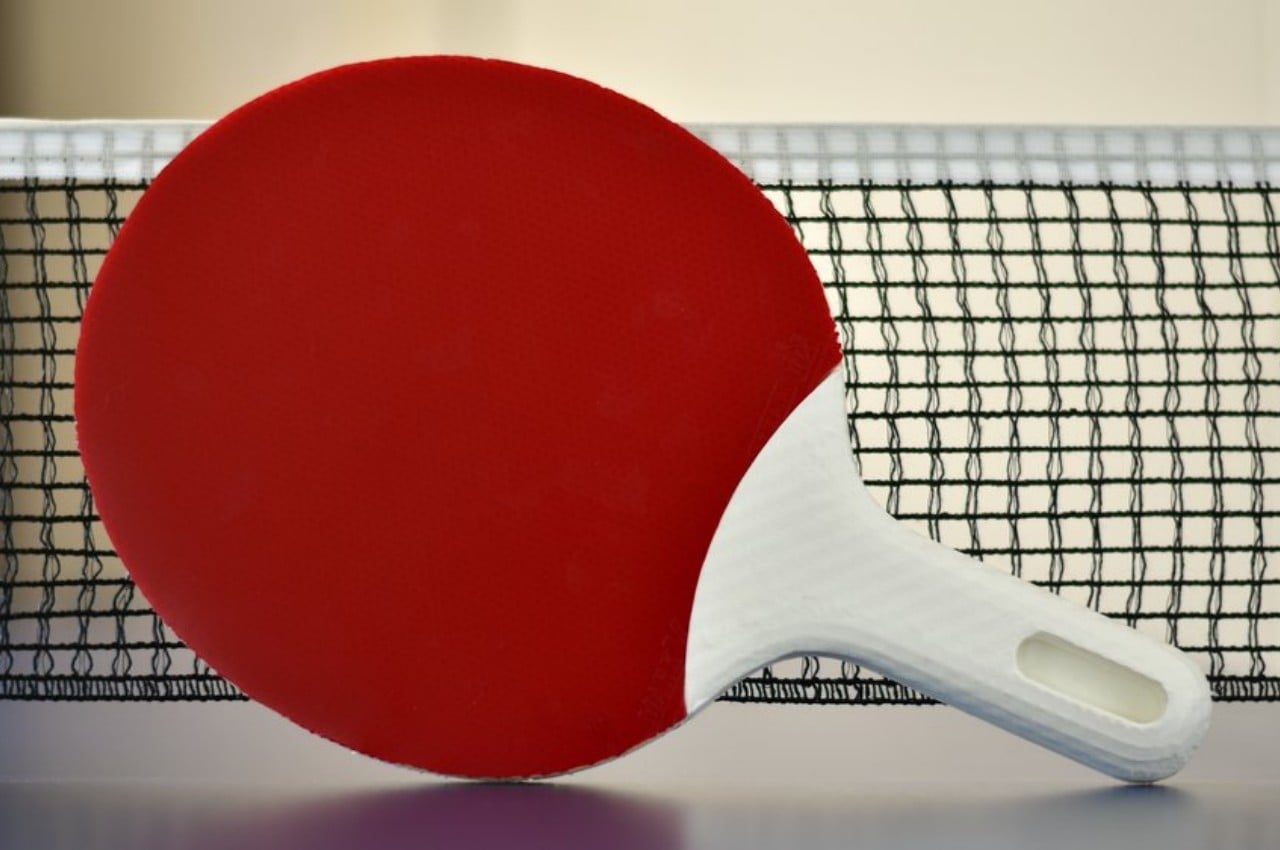
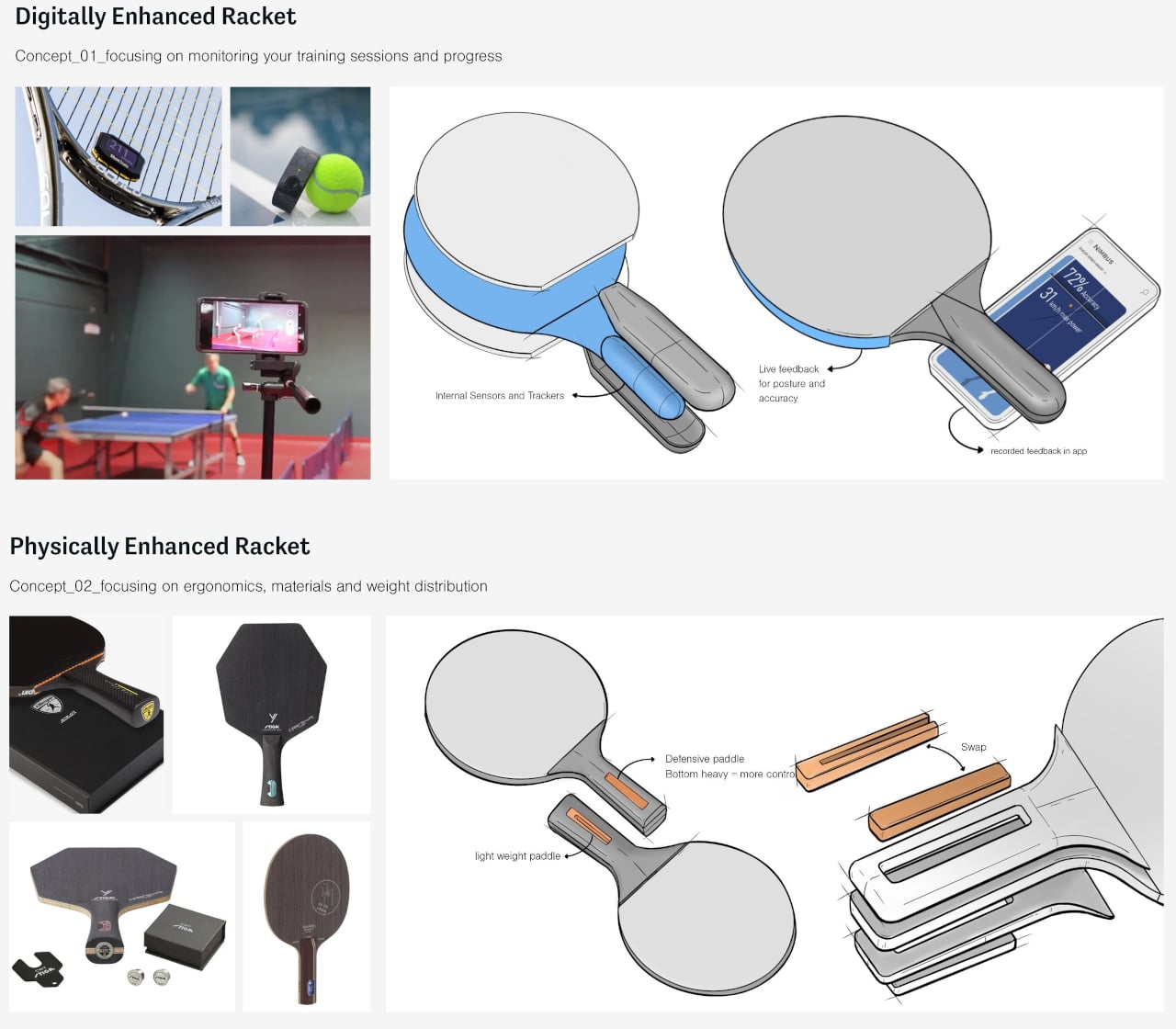
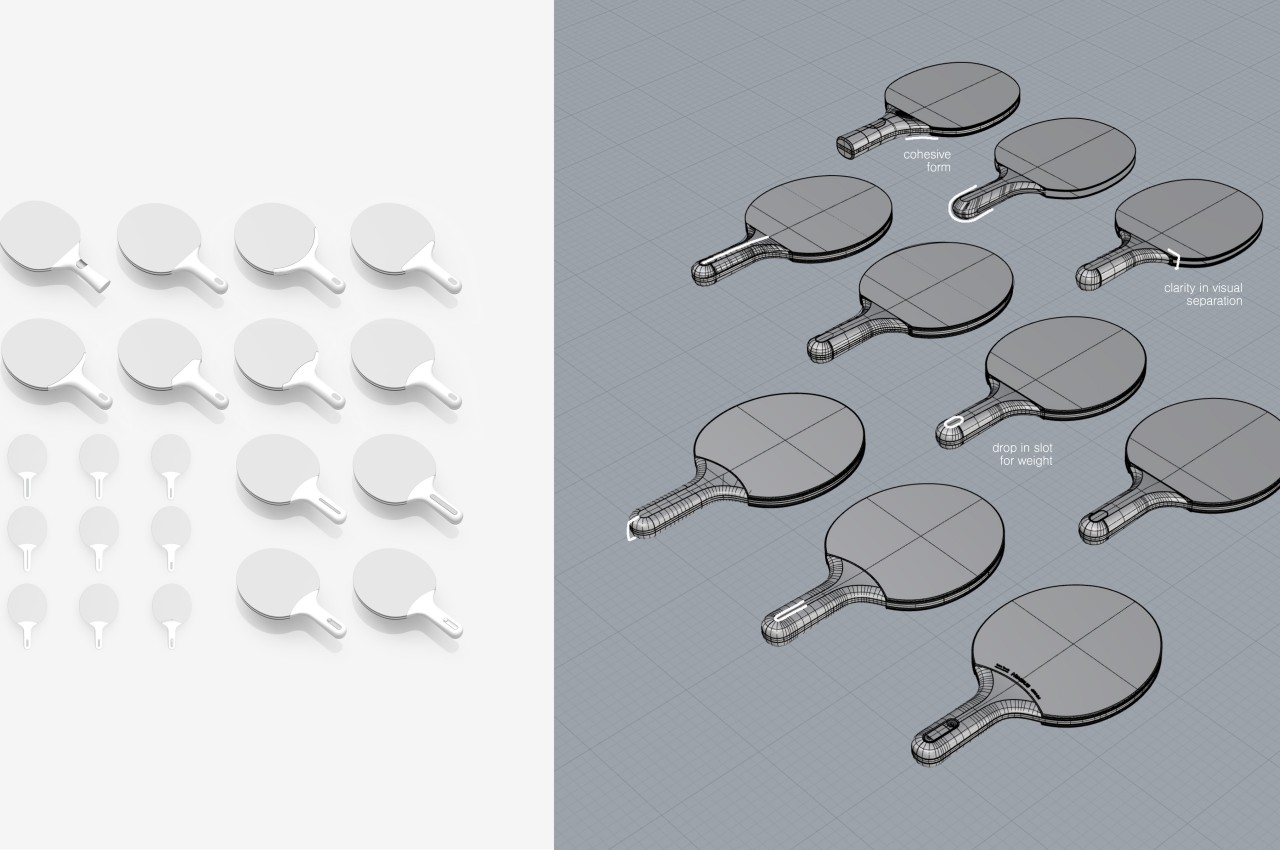
Nimbus is a concept design that changes the core makeup of the tablet tennis racket in order to give it more flexible and ergonomic properties. By moving away from wood, the design is able to introduce a new element into the handle, a nook that can be fitted with different kinds of tabs depending on the need of the player. In this manner, a single paddle can be adapted to different use cases without having to wastefully manufacture a new paddle for every instance.
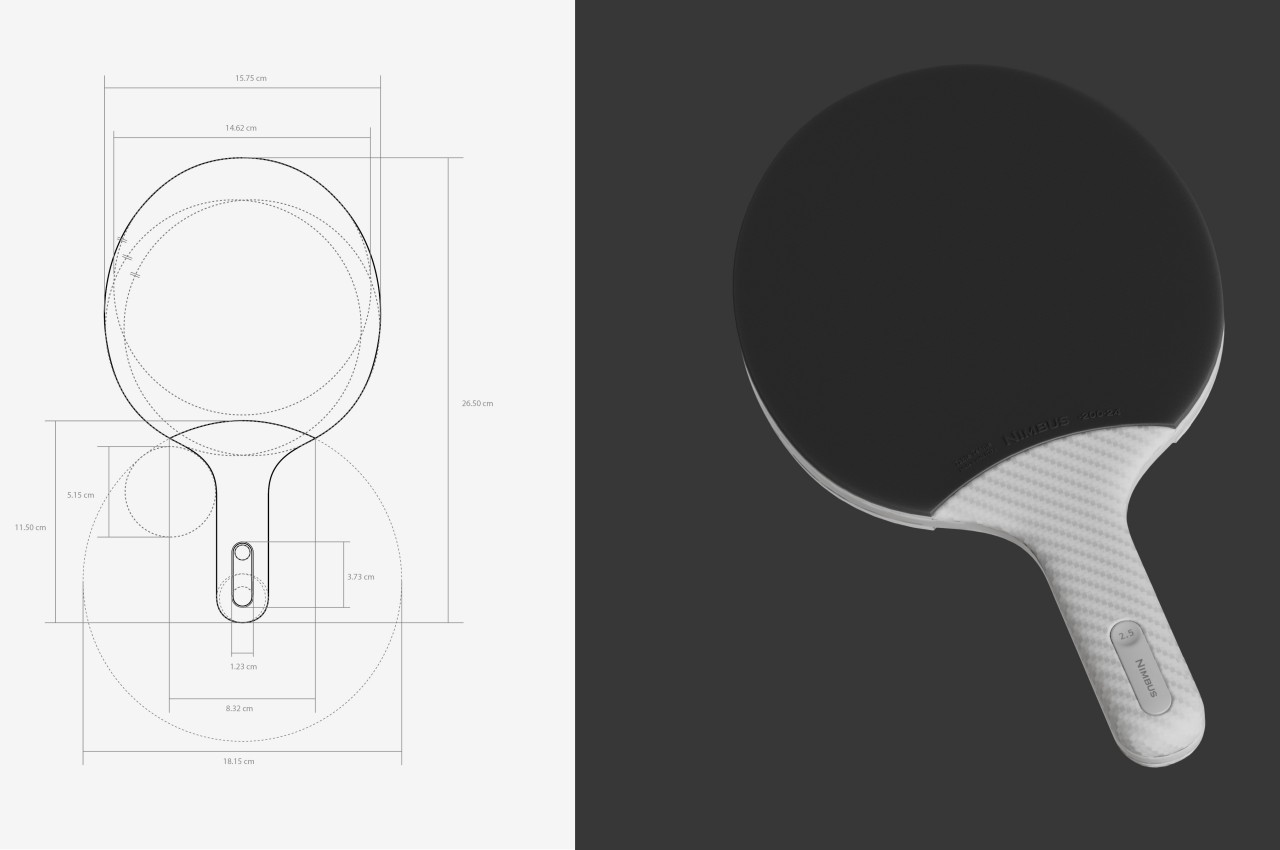
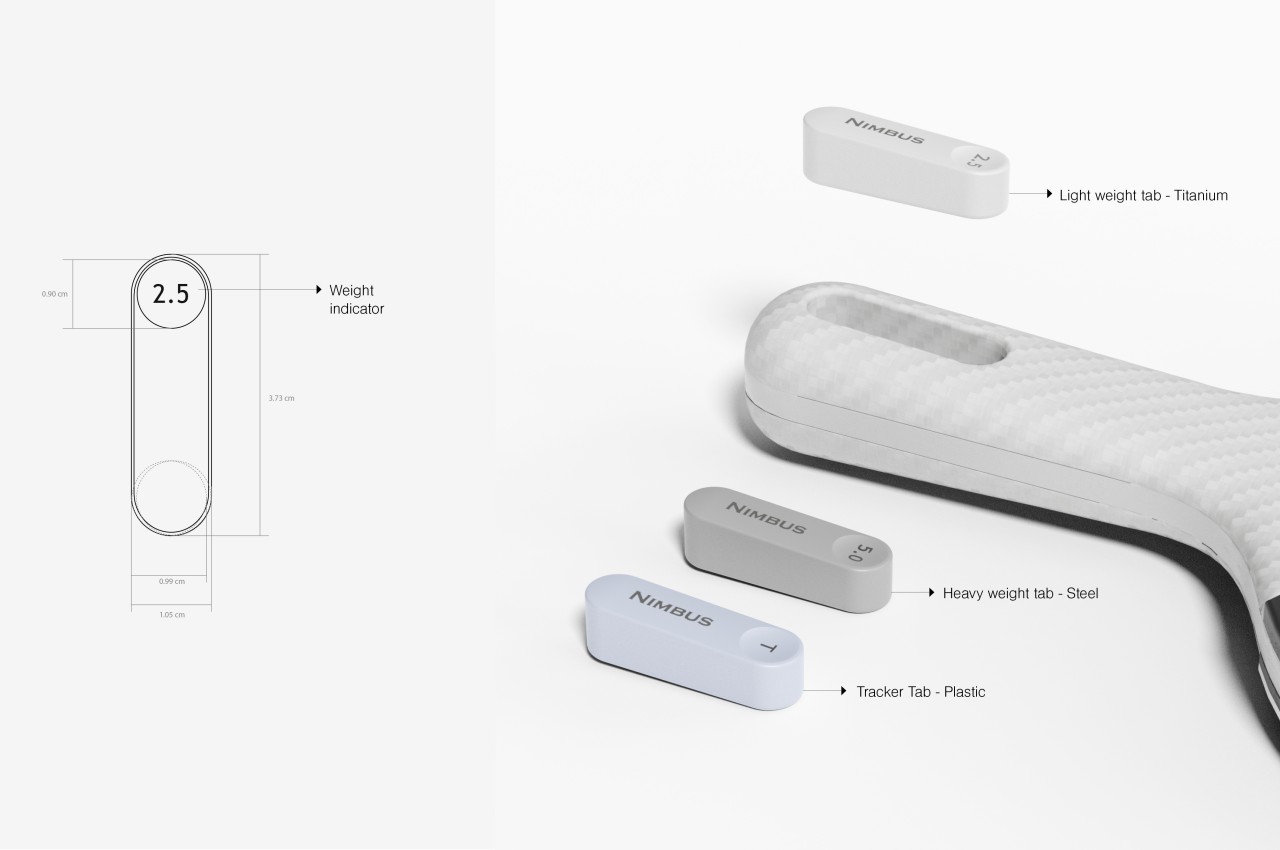
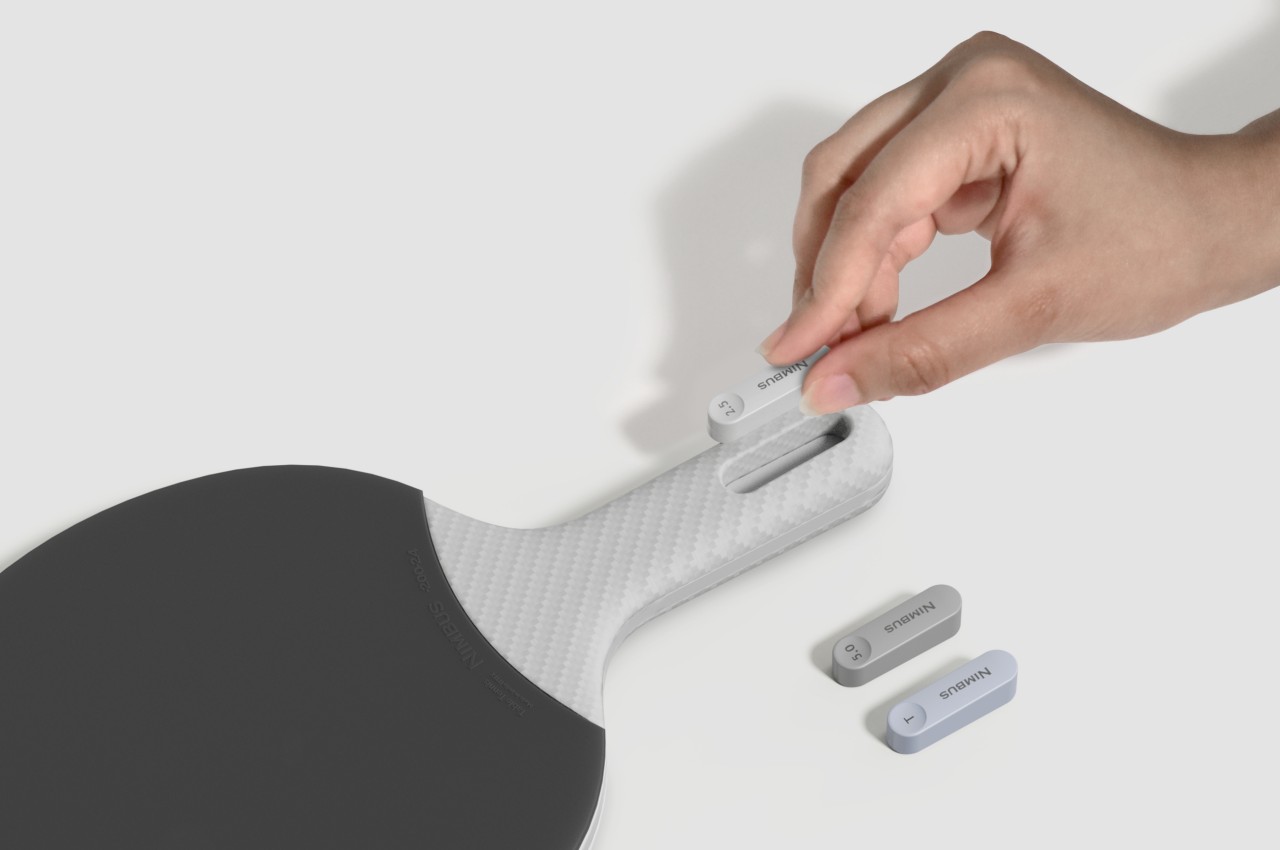
Those removable tabs, for example, can provide the desired weight to match the player’s grip or playing style. It can also be a tracker that can gather the player’s metrics and send the data to a paired phone for analysis. This way, the paddle itself can be an effective training tool without having to attach awkward sensors to the racket or the player’s body.
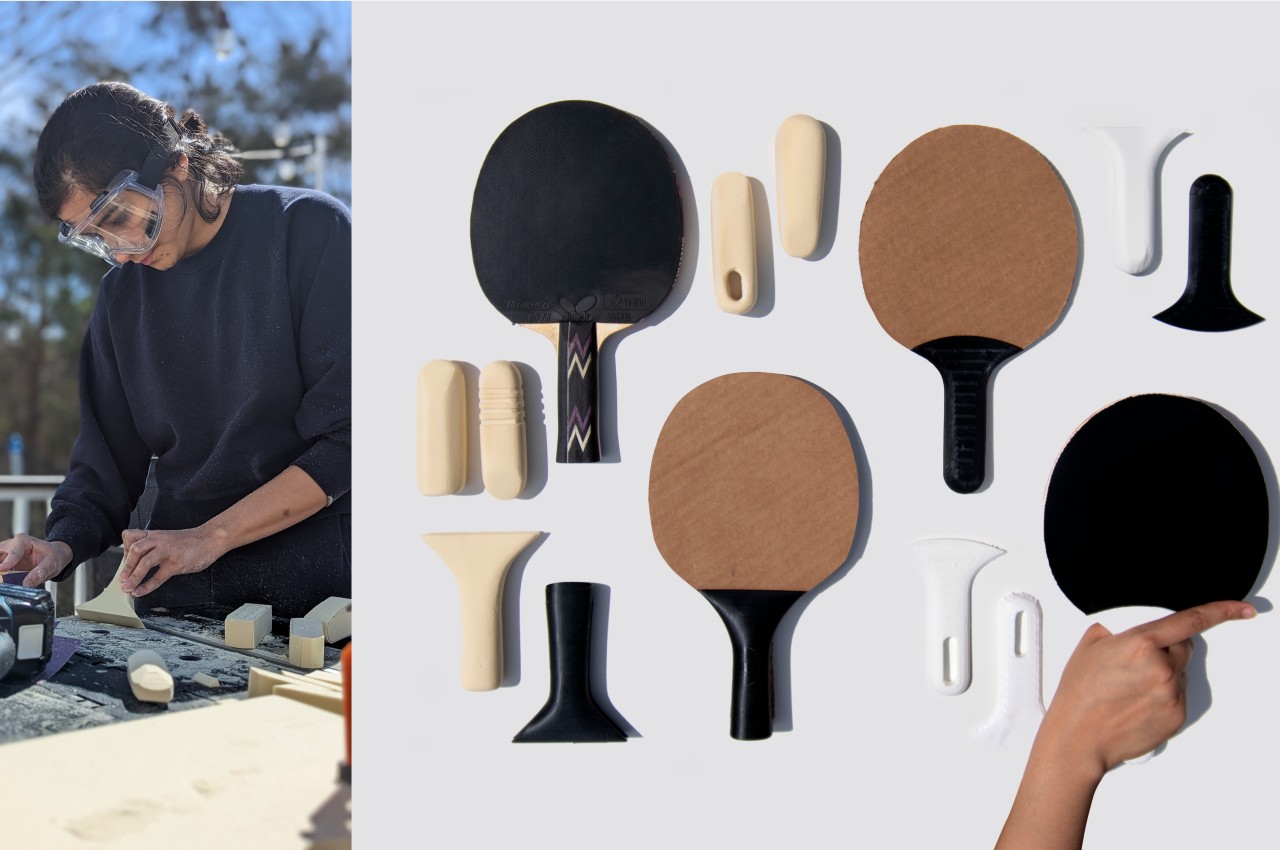
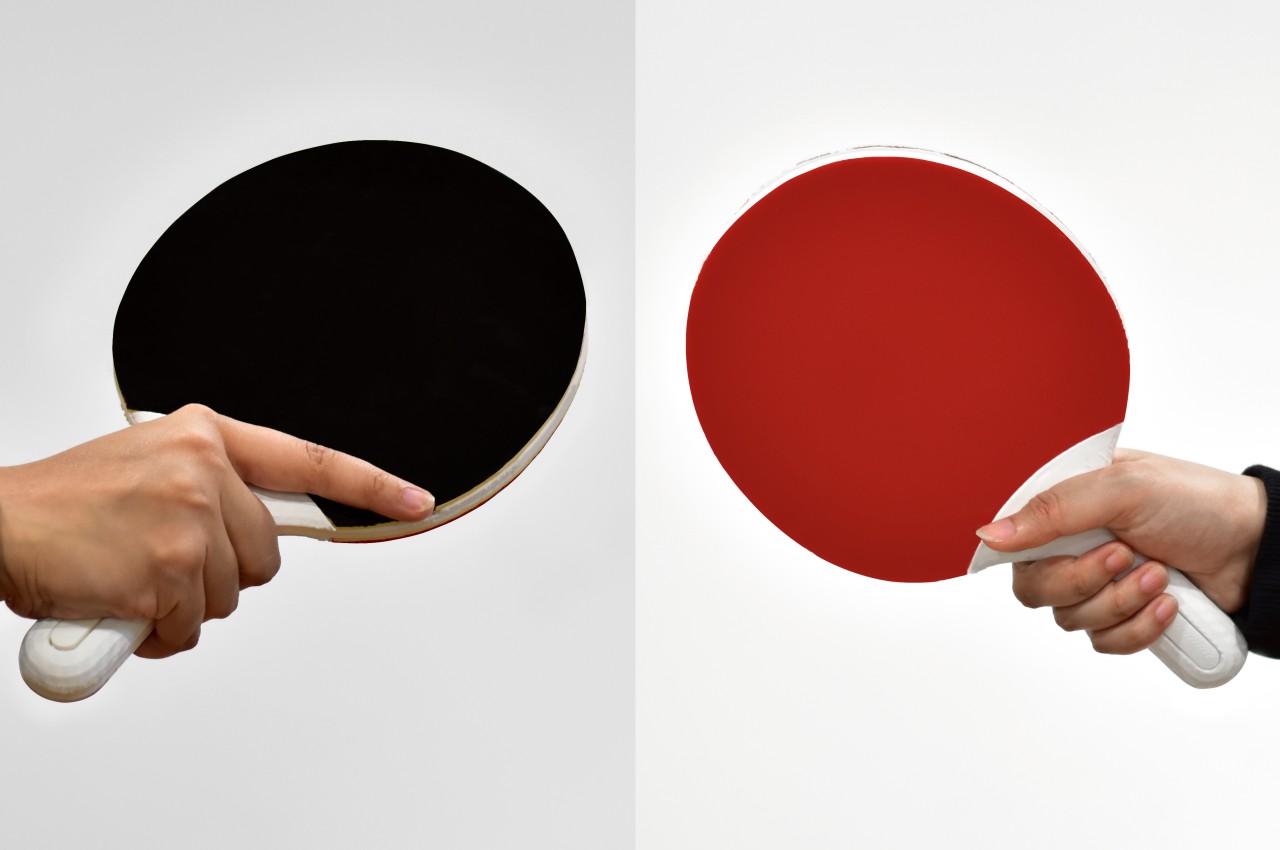
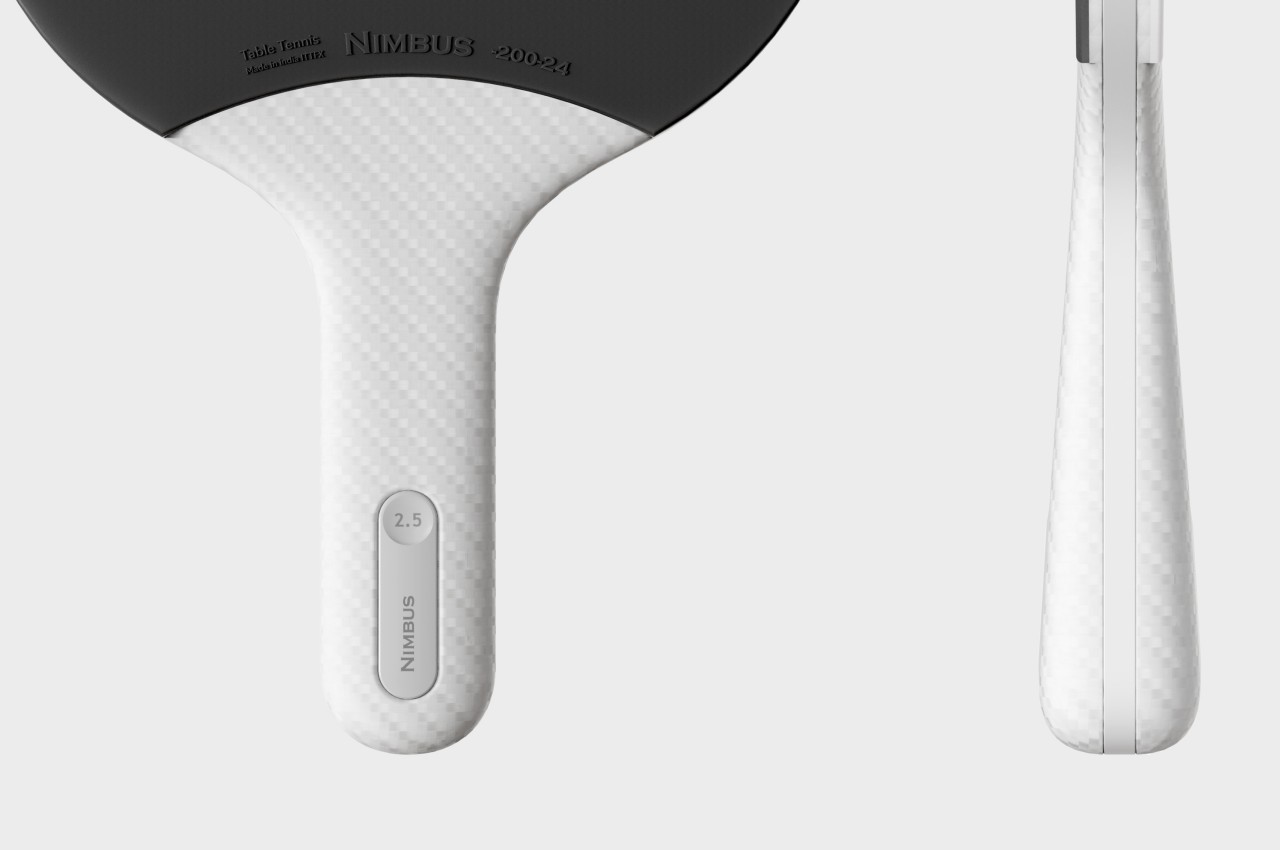
The redesigned handle is also designed for better comfort, especially for extra-long games. Although traditional table tennis rackets also keep that detail in mind, their conventional design includes sharp edges that cut into the skin after prolonged use. The Nimbus concept will hardly become a standard adopted by international sports organizations, but it shows how even the simplest changes can have significant benefits, especially when given the freedom to think outside the box.
